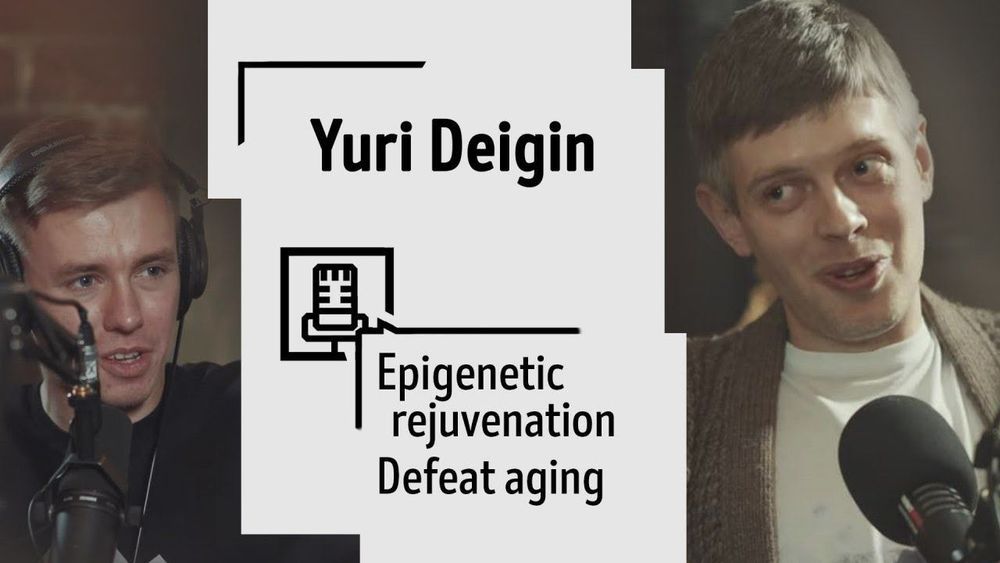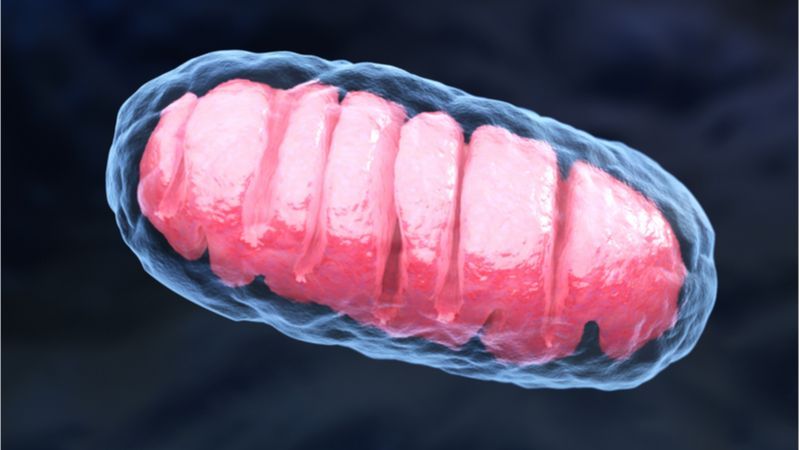Feb 24, 2020
Are stem cells really the key to making humans live longer?
Posted by Derick Lee in categories: biotech/medical, life extension, neuroscience
But apart from a few small-scale examples, the only stem cell-based medical treatment practised in clinics uses haematopoietic stem cells found in the blood and bone marrow – which only produce blood cells – for transplants in blood cancer patients. These cells are taken from a patient’s sibling or an unrelated donor, before being infused into a patient’s blood, or they’re taken from a patient’s own blood before being reinfused. The procedure has been used to treat blood malignancies for almost half a century, and recently multiple sclerosis too. So how likely is it that the predictions about stem cells’ longevity-enhancing powers will become a reality?
Startups are offering stem cells as the cure to everything from age-related illness to wrinkles. But the science is far from clear-cut.
















